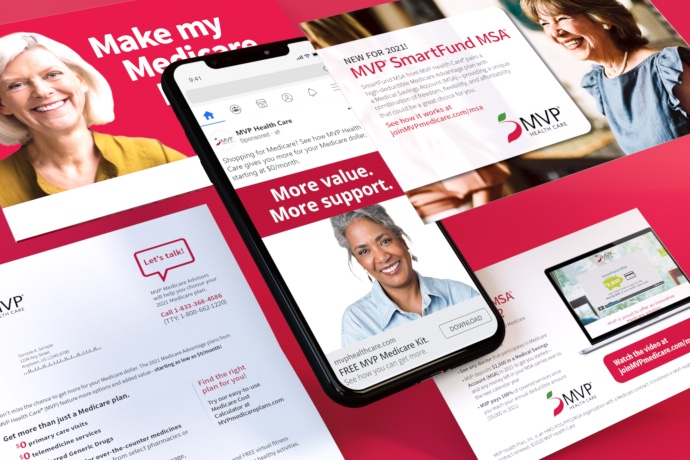Successful Social Content Marketing: Make a Plan!

In my last few blog posts on social content marketing for healthcare, I’ve discussed the importance of things like branding consistency, maximizing your social platforms, having quality content, and ensuring purposeful social stream marketing. Each of these is an important piece of your social content marketing strategy. But the thing that ties them all together – the thing that makes your strategy successful – is making sure you have a plan for it all.
The following are some tips and guidance on what to plan for.
1. Create and follow an editorial calendar.
Good content can be great content when it’s topical and timely. Appropriate timing can relate to several things, of course: the time of year (e.g., seasons, holidays, national awareness months), your organization’s business goals (e.g., open enrollment campaigns, Medicare registration dates) and even events your organization or employees are involved in (e.g., conferences, seminars, fundraising events, charity walks, sponsored community events). Look ahead at what’s coming and schedule your content – including ideas and potential topics – accordingly. Your editorial calendar can be for the next one month, three months, six or twelve… whatever makes most sense (and is easiest to manage) from your organization’s standpoint. Just remember: your calendar can be fluid and flexible, so as things change or are announced (or canceled), your calendar will give you the ability to see the “bigger picture” and move things around so you always know what’s going on.
Click to tweet: Key to a successful content marketing strategy? Create & follow an editorial calendar.
2. Identify key resources and people who will be responsible for generating the content.
In our experience, we find that content generation is much more successful when it’s clear who is creating it and what resources (from which you can glean inspiration and information) are at your disposal. Making actual assignments among your team members – either on a standing or rotating basis – makes the responsibility clear of who’s doing what and helps ensure that you’ll receive the content you’re expecting. Often an added bonus to this approach is that your team members will grow a sense of ownership of their content and will want to do the best job they can as a result.
In the same vein, if your organization has regular materials it produces – like flyers or newsletters – make sure those are counted among your resources so content can be repurposed and shared more efficiently. Outside resources, like trade publications and industry news sites, can also be regularly mined for inspiration and content ideas. Identify those media upfront – and make sure your team has access to them.
3. Identify those people who will be responsible for responding and engaging in your streams.
When a question is asked on your Facebook page, who is going to answer it? If no one person is assigned to that task, you run the risk of having that question go unanswered because everyone might assume that someone else is “on it.” Just as important: make sure not only that this person is available for response and engagement but also that he or she is qualified to respond. In an ideal situation, the person in charge of answering questions will know the answers, so he or she doesn’t have to go back to a larger team, supervisor or colleague for guidance. This can be time consuming and can take the “real time” out of real-time engagement.
Click to tweet: Keep the “real time” in real-time engagement by designating a qualified social content manager.
4. Develop an engagement/response protocol.
Relating to No. 3 above, make sure you develop a rule book of sorts for how your organization will handle response and engagement to begin with. Is there an approval process that needs to be put in place? Are you going to handle customer service-type issues on your streams, or direct people elsewhere? Are you going to respond to people 24/7 or only 9-5? Planning this ahead of time will both clear up any confusion for your internal team and set expectations for fans and followers.
Click to tweet: Got an approval work flow? Successful social content strategies require protocols for engagement.
5. Allow time for analysis and refinement.
As part of your content strategy, you should absolutely plan regular analysis of your content – how it’s performing, what people are liking and responding to, what times seems to be more high-reaching than others – and adjust your content and/or publishing accordingly. This is especially important as it relates to your social efforts, as best practices and available platforms in this space are always changing and emerging.
Need more guidance on developing your own social content marketing plan? The Social Content Management Team at Media Logic has the tools and expertise to provide strategic, knowledgeable and unique solutions to your content marketing needs or challenges. Give us a call and we’ll help you figure out the best and most efficient plan for you!






